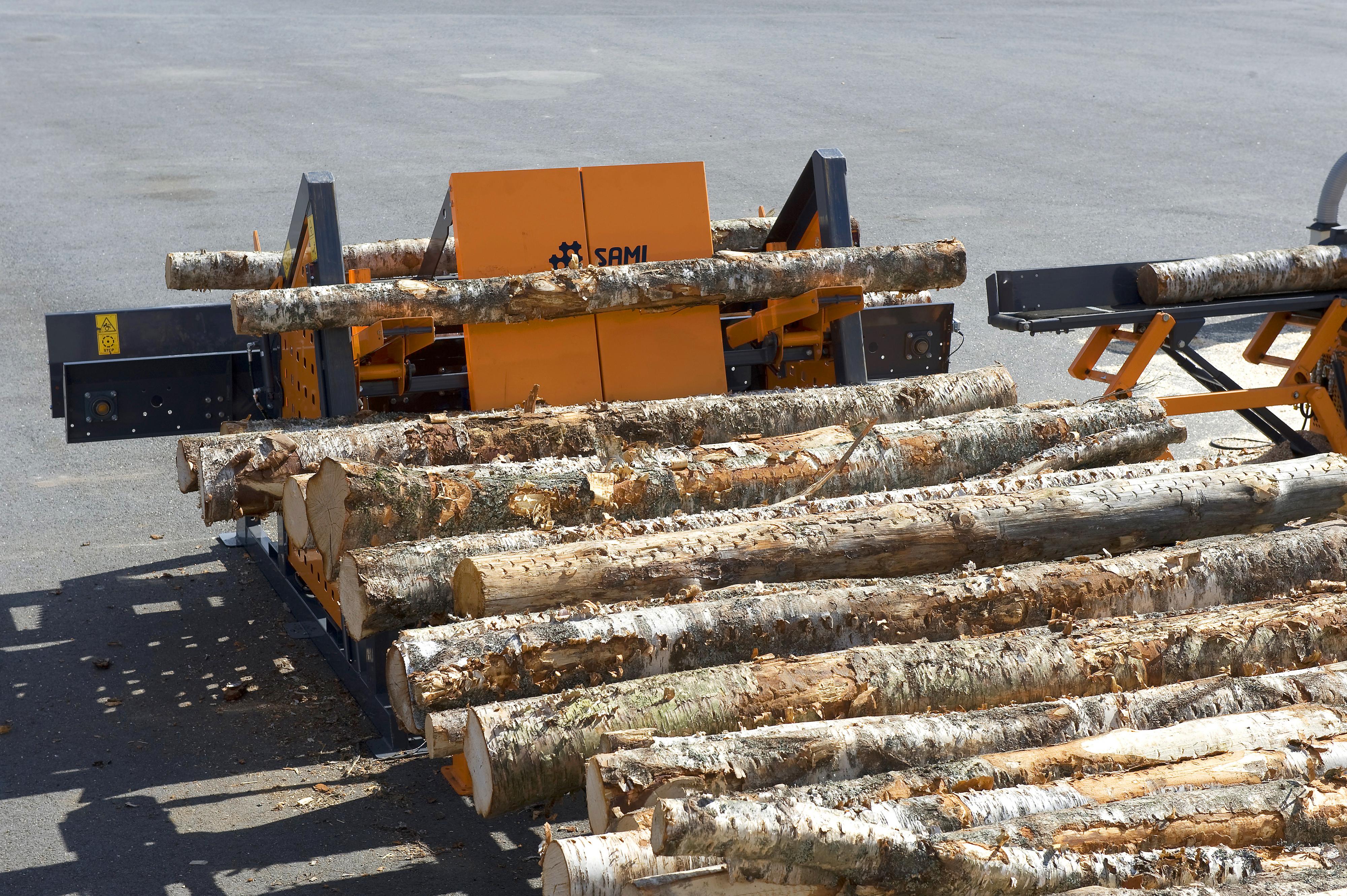What are the key differences between automatic and manual firewood processors?
When considering firewood processors, the primary distinction lies in their operational mechanisms: automatic versus manual. Automatic firewood processors streamline the wood-cutting process with minimal human intervention, enhancing efficiency and consistency. These machines typically incorporate advanced technologies that allow for seamless operation, often requiring only a single operator to manage the entire process.
On the other hand, manual firewood processors demand significant physical labor and skill. They are more labor-intensive, as the operator must manually handle the wood throughout each stage of processing. This often means slower production rates and more variability in output. While they may have lower upfront costs, the extensive labor requirement can be a drawback for large-scale operations.
How does the efficiency of automatic processors compare to manual ones?
Automatic firewood processors offer a significant advantage in terms of efficiency. They can process large volumes of klapi in a fraction of the time it would take using manual methods. The automation of cutting, splitting, and loading processes not only speeds up production but also ensures a consistent output quality, which is crucial for meeting market demands.
In contrast, manual processors rely heavily on the operator’s skill and endurance, which can vary widely. This can result in slower processing times and inconsistent product quality. For operations with high production demands, the efficiency of automatic processors can lead to considerable time savings and increased profitability.
What are the cost considerations for each type of processor?
The initial investment for an automatic firewood processor is generally higher than that of a manual processor. However, this cost is often offset by the increased productivity and reduced labor expenses. Automatic processors require less manual oversight and can lead to significant savings in labor costs over time, making them a cost-effective choice for large operations.
Manual processors, while cheaper initially, may incur higher ongoing costs in terms of labor and potential downtime due to the physical demands placed on operators. Maintenance requirements may also vary, as automatic processors often feature more complex machinery that necessitates regular servicing to ensure optimal performance.
Which type of processor is more suitable for small-scale versus large-scale operations?
The choice between automatic and manual firewood processors largely depends on the scale of the operation. For small-scale operations with limited production needs and budget constraints, manual processors can be an economical option. They require less financial investment upfront and can be sufficient for modest production volumes.
In contrast, large-scale operations benefit from the speed and efficiency of automatic processors. The ability to produce large quantities of klapi quickly and consistently can significantly enhance productivity and profitability. For businesses aiming to expand or meet high market demands, the initial investment in an automatic processor is often justified by the long-term gains.
How do automatic and manual processors impact the quality of klapi produced?
The quality of the klapi produced can vary significantly between automatic and manual processors. Automatic processors tend to deliver more uniform results, producing firewood that is consistent in size and shape. This consistency is crucial for both aesthetic and functional purposes, ensuring that the firewood meets market standards and customer expectations.
Manual processors, while capable of producing high-quality firewood, may lead to more variability in the product due to the reliance on human operation. The manual nature of these processors can result in inconsistencies in size and shape, potentially affecting the burn quality and customer satisfaction. For businesses focused on maintaining high-quality output, automatic processors offer a clear advantage.
Conclusion
In summary, the choice between automatic and manual firewood processors hinges on several factors, including operational efficiency, cost considerations, and the scale of operations. Automatic processors provide enhanced speed, consistency, and long-term cost savings, making them ideal for large-scale operations. Manual processors, while more labor-intensive, can be suitable for smaller operations with limited budgets.
At Reikälevy, we understand the diverse needs of our clients and offer solutions under the SAMI brand that prioritize quality, efficiency, and sustainability. Our automatic processors are designed to help professionals and resellers succeed by delivering high-quality klapi with minimal environmental impact. For more information on our product range and how we can support your operations, we invite you to explore our offerings online or contact us directly.

